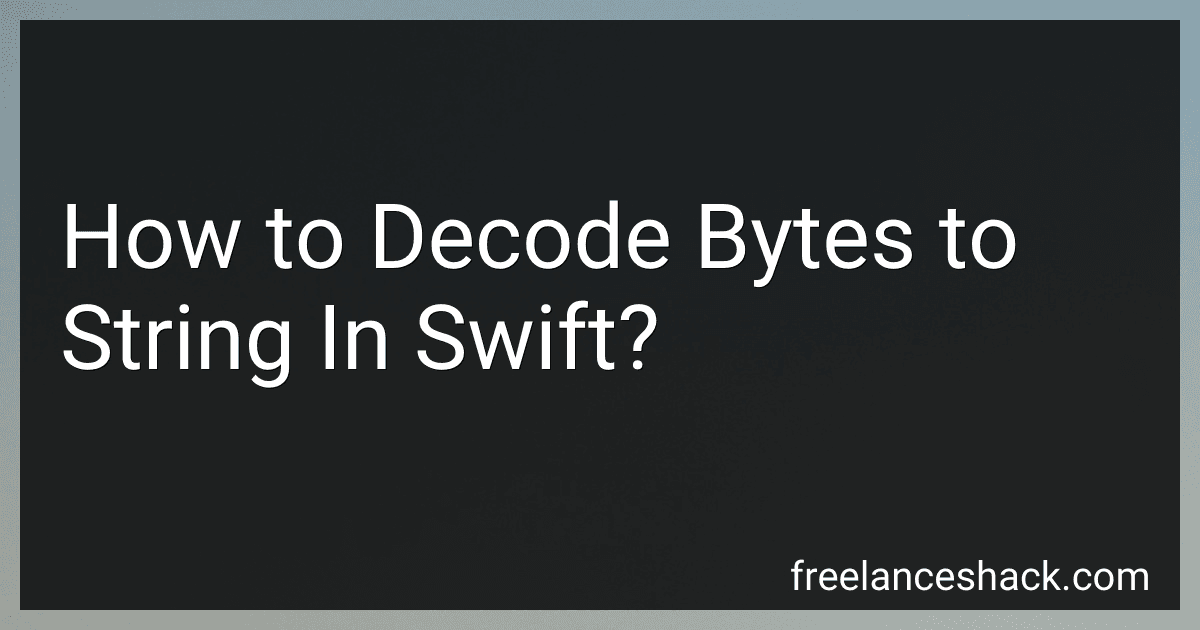Best Swift Programming Guides to Buy in November 2025
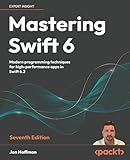
Mastering Swift 6: Modern programming techniques for high-performance apps in Swift 6.2


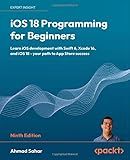
iOS 18 Programming for Beginners: Learn iOS development with Swift 6, Xcode 16, and iOS 18 - your path to App Store success


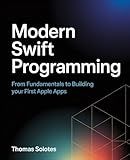
Modern Swift Programming: From Fundamentals to Building Your First Apple Apps


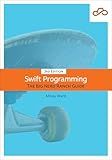
Swift Programming: The Big Nerd Ranch Guide


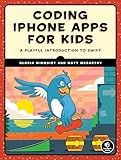
Coding iPhone Apps for Kids: A Playful Introduction to Swift


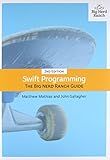
Swift Programming: The Big Nerd Ranch Guide (Big Nerd Ranch Guides)


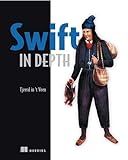
Swift in Depth
- MASTER SWIFT WITH EASY-TO-FOLLOW LESSONS AND REAL-WORLD EXAMPLES.
- UNLOCK POWERFUL IOS APP DEVELOPMENT SKILLS WITH STEP-BY-STEP GUIDANCE.
- DISCOVER TIPS AND TRICKS FROM INDUSTRY EXPERTS TO BOOST YOUR CODING!


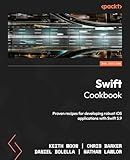
Swift Cookbook: Proven recipes for developing robust iOS applications with Swift 5.9


Decoding bytes to a string in Swift can be achieved using the String initializer or the String(decoding:as:) method. Here's how it can be done:
- Using the String initializer: let bytes: [UInt8] = [104, 101, 108, 108, 111] // Example byte array if let decodedString = String(bytes: bytes, encoding: .utf8) { print(decodedString) // Output: "hello" }
- Using the String(decoding:as:) method: let bytes: [UInt8] = [104, 101, 108, 108, 111] // Example byte array let decodedString = String(decoding: bytes, as: UTF8.self) print(decodedString) // Output: "hello"
In both approaches, the bytes are interpreted using a specified encoding. In these examples, .utf8 encoding is used since the byte array represents a UTF-8 encoded string. However, you can adapt the encoding based on your specific use case, such as .utf16 or .[ascii](https://topminisite.com/blog/how-to-convert-the-ascii-alphabet-to-utf-8-in-php).
How can I translate a byte array to a string using Swift?
To translate a byte array to a string in Swift, you can use the String(data:encoding:) initializer with UTF-8 encoding. Here's an example:
let byteArray: [UInt8] = [84, 101, 115, 116, 32, 83, 116, 114, 105, 110, 103] // byte array representing "Test String"
if let string = String(data: Data(byteArray), encoding: .utf8) { print(string) // Output: "Test String" } else { print("Failed to translate byte array to string.") }
In the example above, the Data(byteArray) conversion converts the byteArray into a Data object, and the String(data:encoding:) initializer attempts to create a string from the data using UTF-8 encoding. If the conversion is successful, the resulting string is printed; otherwise, an error message is printed.
What is the purpose of decoding bytes to a string in Swift?
The purpose of decoding bytes to a string in Swift is to convert a sequence of bytes, typically encoded in a specific character encoding format (such as UTF-8 or UTF-16), into a readable string representation.
When working with data obtained from sources like networks or files, it often arrives as a series of bytes. To make sense of that data and manipulate it as text, it needs to be decoded into a string. This is particularly useful when handling text-based protocols like HTTP, parsing JSON data, or reading text files.
In Swift, decoding bytes to a string involves using specific encodings and techniques provided by the Foundation framework. The decoding process takes into account the particular encoding of the bytes and converts them to the appropriate characters, allowing the string to be properly interpreted.
How to optimize the performance of byte-to-string decoding in Swift?
To optimize the performance of byte-to-string decoding in Swift, you can follow these guidelines:
- Use the appropriate character encoding: Specify the correct character encoding when converting bytes to a string. By default, Swift uses UTF-8 encoding, which is efficient for most scenarios.
- Use the String(decoding:as:) initializer: This initializer allows you to decode a sequence of bytes into a string directly. It takes the byte sequence and the desired Unicode encoding as parameters. For example, you can use String(decoding: myBytes, as: UTF8.self).
- Use efficient data structures for byte storage: If possible, use more efficient data structures to store a large number of bytes instead of arrays. Arrays can have an overhead due to their dynamic size adjustment. Consider using Data or DispatchData for efficient byte storage.
- Pre-allocate string capacity: If you know the approximate length of the resulting string, pre-allocate the string's capacity using the String initializer init(capacity:). This helps avoid multiple reallocations during string construction.
- Leverage low-level APIs: If performance is critical, you can use lower-level APIs like String.Encoding.convert(_:to:from:next:used:). This allows you to directly encode or decode bytes using UTF8 encoding.
- Use lazy initialization: If you have multiple decoding operations, you can use lazy initialization to delay the decoding until it's actually needed. This can be useful to avoid unnecessary conversions or optimize performance in specific scenarios.
Remember that optimization may vary depending on the specific use case, data size, and encoding requirements. Therefore, it's essential to profile and measure the performance of your specific implementation to ensure the best results.
How to extract a string from bytes using Swift?
To extract a string from bytes using Swift, you can use the String initializer that takes a Data object as input.
Here's an example of how you could extract a string from bytes:
let bytes: [UInt8] = [72, 101, 108, 108, 111] // Bytes representing "Hello"
if let data = Data(bytes: bytes, count: bytes.count) { if let string = String(data: data, encoding: .utf8) { print(string) // Output: Hello } }
In the example above, we first define an array of UInt8 values representing the ASCII codes of the characters in the string "Hello". We then create a Data object using the Data.init(bytes:count:) initializer.
Next, we use the String(data:encoding:) initializer to convert the Data object into a String object. We pass .[utf8](https://stock-market.uk.to/blog/how-to-convert-a-teradata-table-to-utf8) as the value for the encoding parameter to indicate the character encoding to use when interpreting the bytes.
Finally, we unwrap the optional string value and print it to the console.
